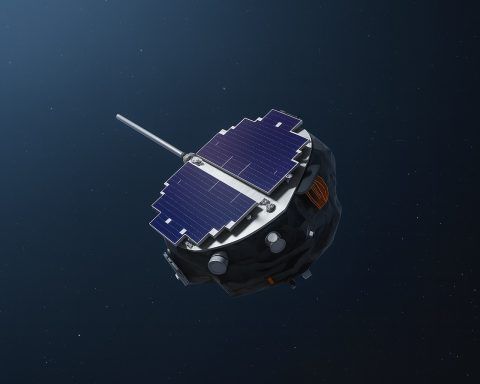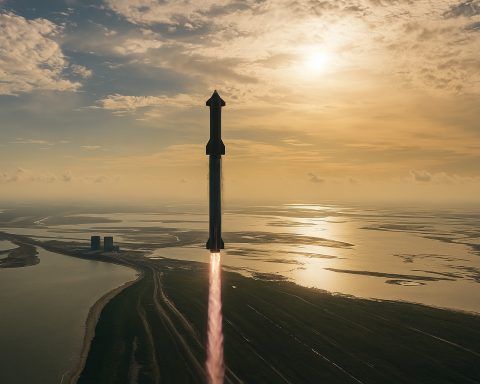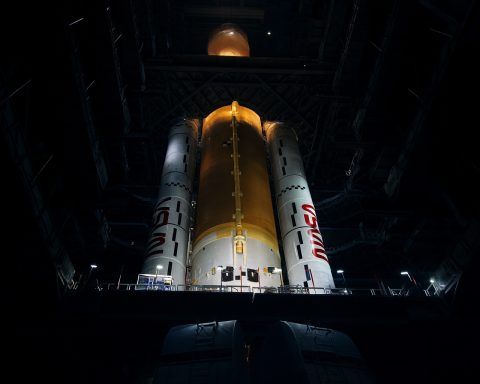
Solar System’s Hidden Edge: NASA’s Bold Quest to Map the Invisible Cosmic Boundary
The Solar System’s Invisible Boundary – What and Where Is It? When we gaze up at the night sky, it’s easy to imagine the solar system simply fading into the depths of space. In reality, our solar system ends at










